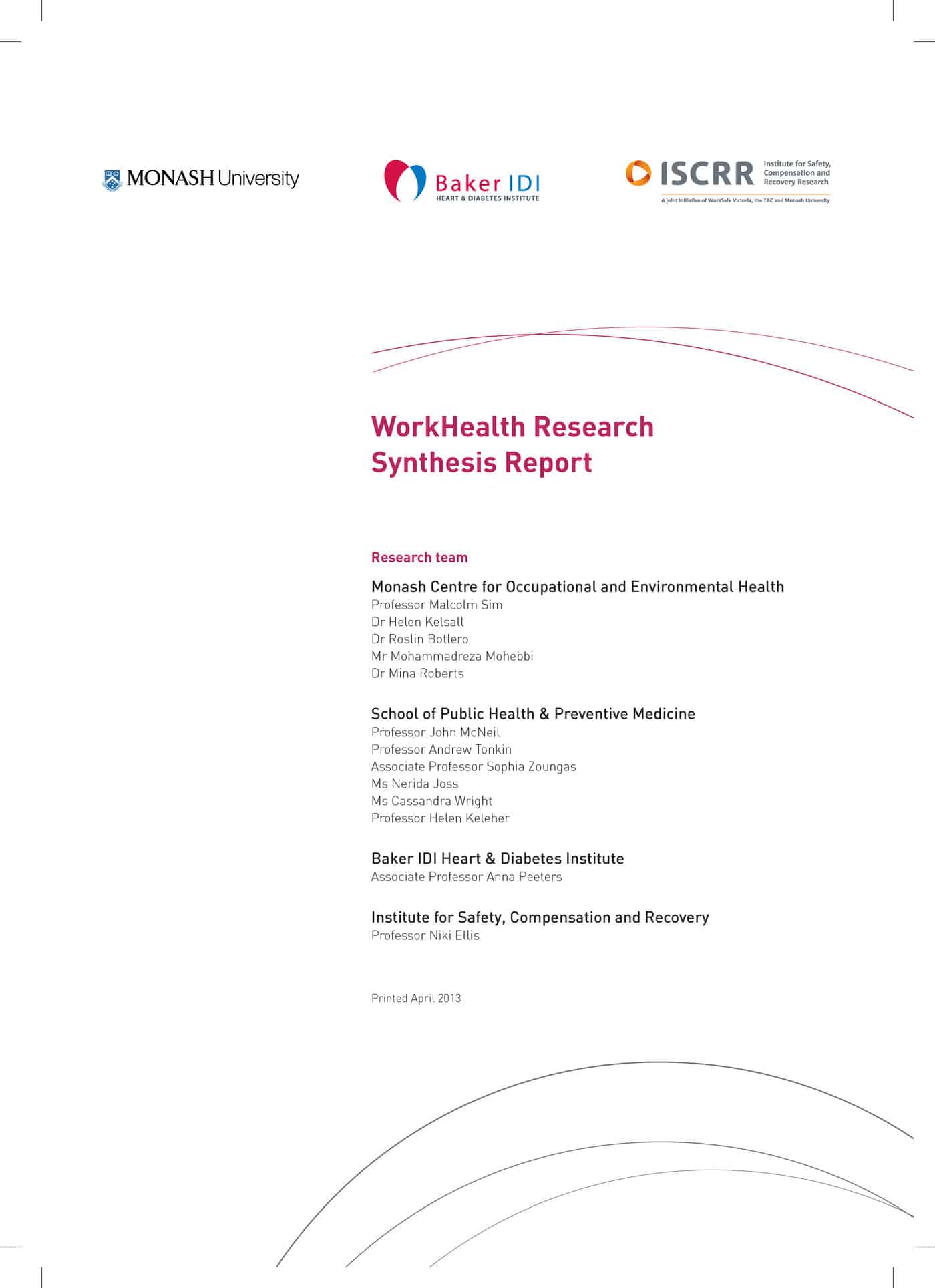The Institute for Safety, Compensation and Recovery Research (ISCRR) has released a set of guidelines for the prevention of mental health problems at work. Such guidelines have been sorely required in Australia where workplace mental health problems have become an increasing problem for workers and organisations and workplace bullying dominates the policy landscape. It recommends the development of a mental health and wellbeing strategy that includes the following elements:
- “the development of a positive work environment that supports and encourages mental health
- balancing job demands with job control
- appropriately rewarding employees efforts
- creating a fair workplace
- provision of workplace supports
- effective management of performance issues
- provision of training to develop management and leadership skills
- supportive change management processes Continue reading “Very useful workplace mental health guidelines released”



